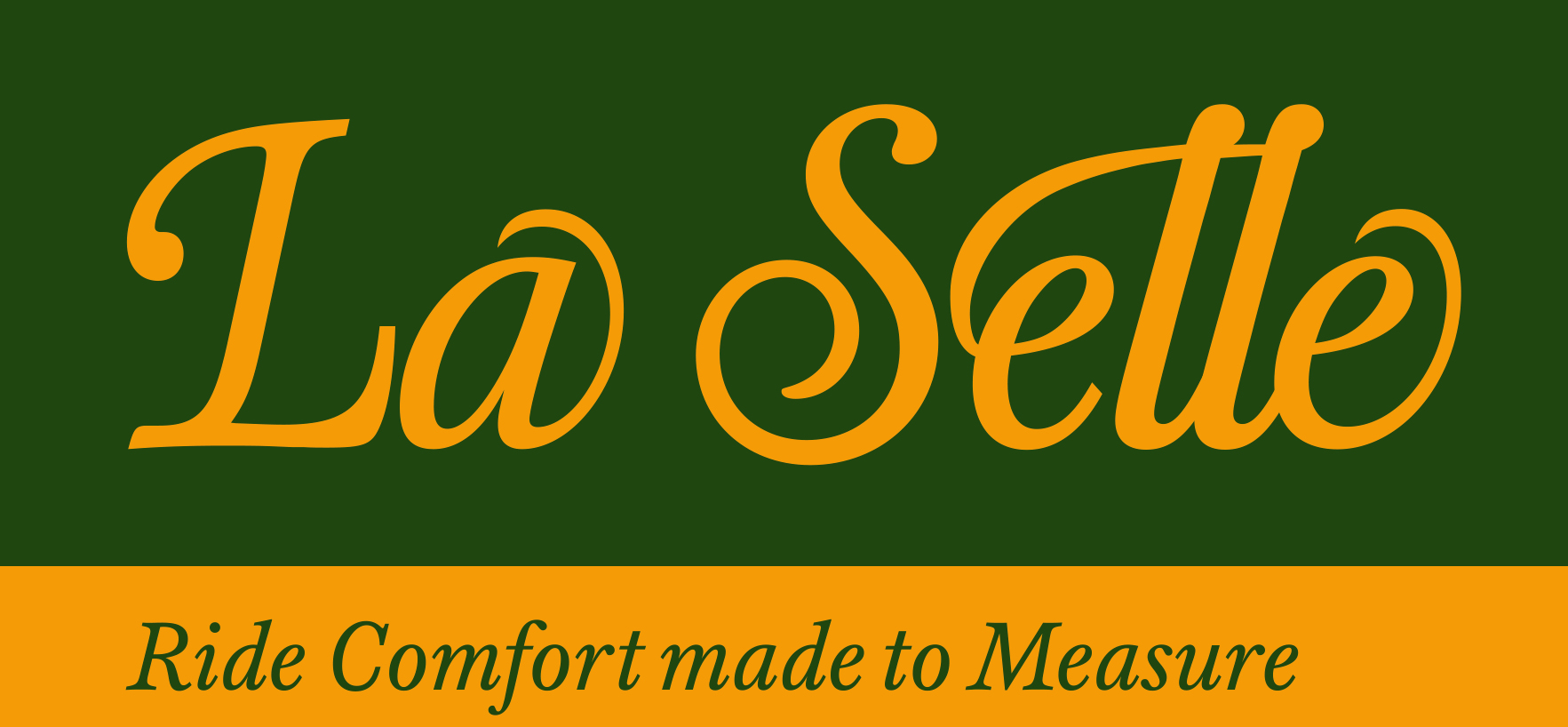Here you will find many interesting topics on horseback and saddle!

The right saddle fitting
This is not about judging the horse’s conformation for medical or breeding reasons but rather about evaluating the parts of the horse that are crucial for fitting a saddle. Those parts are the shoulders, withers, back and rib cage.
The right saddle fitting
Your horse comes first
This is not about judging the horse’s conformation for medical or breeding reasons but rather about evaluating the parts of the horse that are crucial for fitting a saddle. Those parts are the shoulders, withers, back and rib cage. In general, there are several aspects to be taken into consideration before evaluating and fitting a saddle, such as the horse’s development concerning its age, its state of care, feed and health. Horses that are ill, badly fed or underdeveloped should first be brought into a “normal state“ before being saddled. This also applies to horses with poor or ill muscle growth and bad hooves.
Innate conformation
Nature offers many „stumbling blocks“ on the way to a well-fitting saddle. In the following, we are going to list the aspects that you should have a closer look at and that should be taken into account when fitting a saddle.
Shoulder blade
The horse’s shoulder blade is the frontal limit of the saddle area. Depending on its position and angle, the shoulder moves a few centimetres back and forth when the leg steps forward. This influences the saddle‘s front shape as it should not disturb or stop the shoulder movement.
Back length
The back length determines the length of the saddle area and the maximum length of the saddle. A horse with a long back normally doesn’t cause us any troubles in finding a saddle that also fits the rider. For horses with a short back it is more difficult, especially when the proportion of the horse to the rider is unfavourable. Short backs can often be found in breeds like Arabs, Iberian horses and ponies.
Topline
Of course, the topline also influences the saddle area. For a good fit, you should pay attention whether the topline is concave or flat because it has to mirror the saddle’s shape. A topline that is sunken in and hollow from the withers back to the loins will need special consideration for saddling.
Rib cage
The rib cage determines the cross-section shape of the saddle area and therefore the angle of the saddle tree. For riding horses, an oval shape of the rib cage is generally preferred. Breeds like Arabs, baroque horses like Iberian horses and Friesians as well as ponies and heavy horses often feature rather round rib cages.
Withers
Concerning the influence of the withers on the saddle area, the length of the withers and the width of the spinous processes are important. Broad spinous processes require a wider gullet and a wide spinal canal. The length of the withers here describes how far they stick out into the saddle area. Generally, you should be careful when the withers reach far into the saddle area. The saddle must take up the withers’ shape.
Neck
For breeds with a naturally high neck carriage, you should make sure that the gullet is cut back. In advanced riding, those horses might otherwise get space problems when they start lifting their necks in collection.
Influence of stabling
The horse’s environment is another factor that influences its conformation. It is way easier to fit a saddle to a well-proportioned horse. The possibility of free movement and good and sufficient feed promote the horse’s health and a balanced conformation.
Influence of training
Well-founded training is a big factor for shaping the saddle area. And we should not whitewash this fact or search for excuses. In fact, a perfectly fitting saddle doesn’t help when the training or the rider’s performance is not building up but straining the horse. Good riding lessons are fundamental for every rider.


